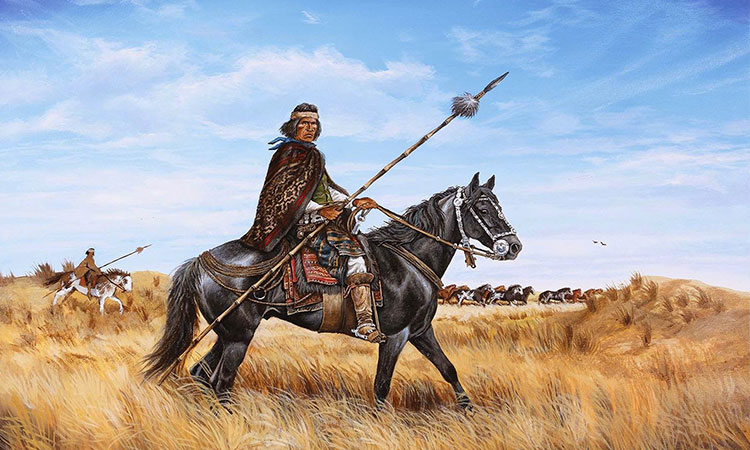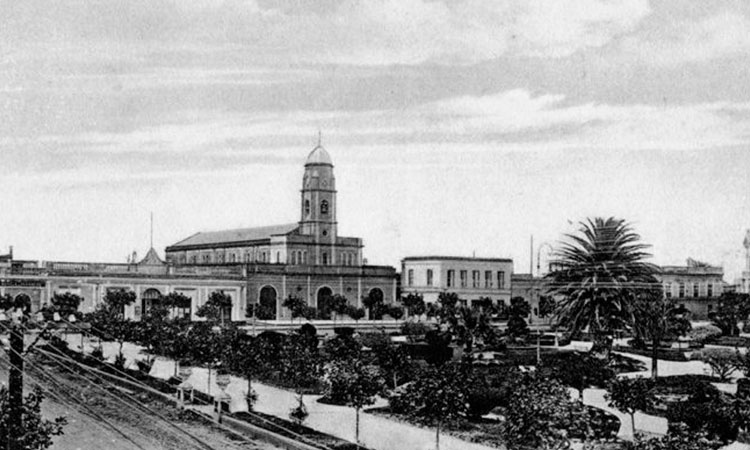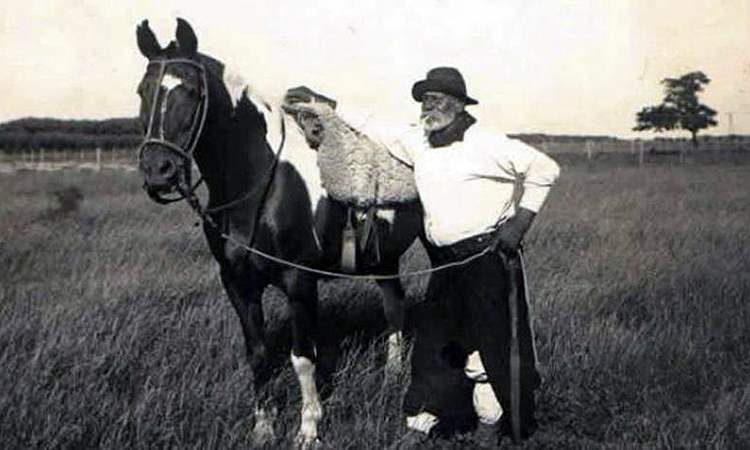The town and its history
Surrounded by wild and pristine landscapes, San Antonio de Areco immerses ourselves in the Argentinian Gaucho culture.

At one-hour drive from Buenos Aires along the National Road “number 8” (Ruta 8), the vast plains of the Pampas make an appearance and show us their vastness. When we arrive in San Antonio de Areco, we have arrived at the centre of Gaucho culture.
Wandering along the colonial streets, time seems to have stopped. All you have to do is sit at a table in a pulpería (old bar) to be convinced. The decor hasn’t changed since last century and no one seems at all interested in altering it. The Gaucho, never without his beret, likes to spend his spare time with a glass of wine in hand partaking in vigorous discussions!
The Estancias (old working ranches) and the small rural towns surrounding the San Antonio de Areco; Villa Lia, Duggan and Vagues, also offer a warm welcome to curious visitors. Traditions are respected and upheld with taste and refinement: each meal is an opportunity to enjoy a delicious asado, the renowned Argentine barbecue.

The artisans of San Antonio de Areco are another major attraction of the town. Dedicated to the equestrian world and more particularly to the gauchos, they create, with unparalleled expertise, must-have accessories for horse riders. For example; typical belts decorated with coins (rastra), silver knives (facón), leather boots and mate gourds. Depending on their mood, you may see them at work in their workshops, but even in this milieu, the artisans have the “Gaucho mentality”: nothing should ever be rushed and the work must be carried out with passion. These men are not only artisans but true artists.
In 1999, the National Commission for Museums, Monuments and Sites of the Ministry of Culture declared the following places of San Antonio de Areco as National Monuments: the Old Bridge, the Park Criollo & Ricardo Güiraldes Museum, the pulpería La Blanqueada, the church of St. Anthony of Padua, the town hall and the main house of the Estancia La Porteña.
On the 20th of January 2015, the Argentine Congress enacted Law No. 27.105 to distinguish San Antonio de Areco with the title of National Capital of Tradition!
The history
The town was founded as Pagos de Areco in 1730, during the construction of the Parish Saint Anthony of Padua in San Antonio de Areco, dedicated to Saint Anthony of Padua.

Before being conquered by the Spanish, the region was populated by indigenous tribes such as the Ranqueles, the Querandíes and the Pampas Indians. Under the weight of Spanish “civilization”, the tribes gradually disappeared, which led to the interbreeding between Indians, “conquistadors” and black slaves. This is how the emblematic Gaucho was born; a dark skinned, hot-blooded mestizo…
At the beginning of the 18th century, the main square, Ruiz de Arellano, served as a corral for the first Estancieros (farm owners) who had founded the town.

These European settlers, sent by the king of Spain, had the objective to occupy the new territories of the Pampa and cultivate the land there.
Gradually, the town expanded around the colonial square, its rhythm set by the daily work of the gauchos and other villagers.
In 1857 the Martinez bridge was built, which is now known as Puente Viejo. In the past, you had to pay a fee to cross the bridge: the first toll in Argentina was born! The bridge is located on the old Royal Road called in Argentina Camino Real which, before the independence of Argentina, connected Alto Peru (the present-day Peru and Bolivia) to Buenos Aires. It follows the original route plotted out by the carriages which traveled between North and South (Buenos Aires).

San Antonio de Areco has for centuries been home to the traditions and customs inspired by the Gauchos, but the town really started to embrace its fame following the publication, in 1926, of the famous novel Don Segundo Sombra, which follows the meeting between a Gaucho and an orphan in the Blanqueada, a typical pulpería of San Antonio de Areco.
The writer of the book, Ricardo Güiraldes, lived there for a long period of time, and a museum dedicated to the Gaucho culture bears his name. In his novel Don Segundo Sombra, he portrays a poor man’s situation, who is richer than anyone else because he owns nothing nor wants for more.
This idealized vision now belongs to history, as the Gauchos have settled down and raise livestock on the Estancia owners’ land. Nevertheless, meeting these centaurs of the Pampas is a unique experience as their culture and traditions are alive and well.
The Argentine poet and novelist Ricardo Güiraldes, author of “Don Segundo Sombra”, won the National Prize of Literature for this book. Many historians and locals tell that the main character was inspired by the charismatic Segundo Ramírez, a gaucho of the town.

It is said that Segundo Ramirez lived and worked at the estancia of the Güiraldes family, he also worked at the Estancia La Fe, before finally moving to the Estancia La Lechuza. It was common to see him in the local bars or at the headquarters of conservative political circles which were located on Ruiz de Arellano square.
Over the centuries, the village has managed to preserve its heritage and identity, becoming one of the most visited historic places in the province of Buenos Aires.
Every year during the week of November 10th, San Antonio de Areco celebrates the Fiesta de la Tradición or Festival of Tradition, the official event for the Argentine gauchos. It is a fantastic opportunity to discover various equestrian Gaucho demonstrations.




